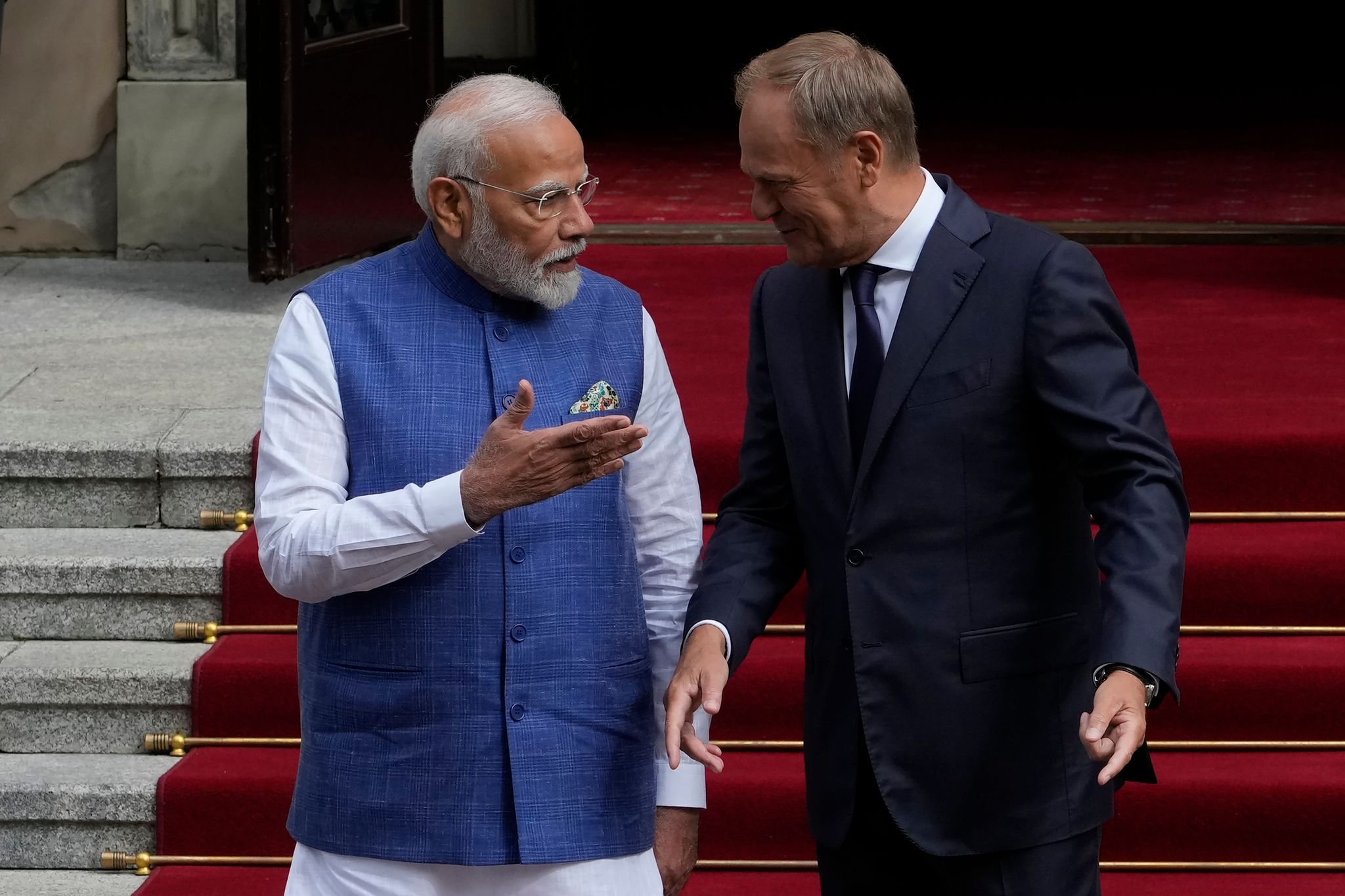The ruling Bharatiya Janata Party (BJP) is now almost the natural choice for higher caste Hindu voters. Post-election polls following state elections in Uttar Pradesh in the spring of this year showed that 89%(!) Brahmins, the priestly caste and therefore the highest caste in Hinduism, voted for the BJP. In the 2019 general election, 36.3% of the BJP’s elected MPs were upper caste, far more than the 23.1% of Congress’ elected MPs or 19.3% of other parties. It is difficult (or impossible) to compare with the proportion of members of a higher caste in the total population. For political reasons, caste has not been included in the census since 1931. Depending on definitions and estimates, the proportion is between 15% and 25%, Brahmins make up less than 10% of the population.
Thus the BJP has a very strong power base, but its traditional electoral potential is considered nearly exhausted. At the same time, it is perceived as a less inclusive party. The BJP is not (or has been) an attractive party to members of lower castes and castes as well as to those without caste. It’s slowly changing. Today, for example, the party regularly attracts attention as a supporter of caste quotas in educational institutions. The election of Murmu should be viewed in the same way as the election of his predecessor Ram Nath Kovind in the 2017 presidential election. Kovind is a Dalit, i.e. an outcast.
The strategy is not without danger for the BJP. Caste quotas threaten the millennia-old privileges of the higher castes, and some Brahmins still regard Dalits as untouchable. On the other hand, the BJP must be careful that its openness to lower castes and tribes is not seen as mere token politics. Ultimately, voters from these groups also want them to be materially better off at some point. However, at least for now, the party seems to be doing very well in this balancing act.
The complex history and decline of the Congress party
The years after India’s independence were marked by the political dominance of the Congress party. Mahatma Gandhi in particular has positioned the party not only as the voice of the freedom fighters but also as the voice of the often landless agrarian castes. Members of this lower caste often live on the fringes of society, but make up about half of India’s population.
The BJP, founded in 1980, which, among other things, emerged from the split from the Congress Party, was not just a counterweight to the Congress Party. With their vision of Hindu Rashtra It was also a focal point for higher caste voters and especially the Brahmins, priests and guardians of sacred texts, who disappointed themselves by turning away from the Congress Party and its ‘Gandhi socialism’. However, the BJP did not enter into the role completely voluntarily. Spiritual fathers (in fact many of the men who founded Hindu – and often all male – volunteer corps from the 1920s onwards) often emphasized that in Hindu Rashtra Indians of all castes had to find a place, as this was the only way for the national identity shaped by Hinduism to develop.
Against the backdrop of demographic realities and electoral arithmetic, unlocking a greater potential for the BJP makes a lot of sense. India’s first-past-the-post system distorts the true proportion of votes cast in parliamentary elections. In the 2014 election, the BJP won 31.0% of the vote (19.3% Congress), compared to 37.4% in 2019 (19.5% Congress). BJP’s share of seats in parliament, on the other hand, was already 51.9% in 2014 (8.1% Congress) and rose again in 2019 to 55.8% (9.8% Congress). It became clear that the party that could get the most votes would get a disproportionately large number of seats. Small fluctuations in the vote also sometimes cause large fluctuations in the number of seats. With about a third of the vote, the BJP was able to secure a majority of parliamentary seats. However, if the share of the vote drops by a few percentage points, the majority is lost. The Congress party can sing a song about this effect.

“Subtly charming web junkie. Unapologetic bacon lover. Introvert. Typical foodaholic. Twitter specialist. Professional travel fanatic.”







